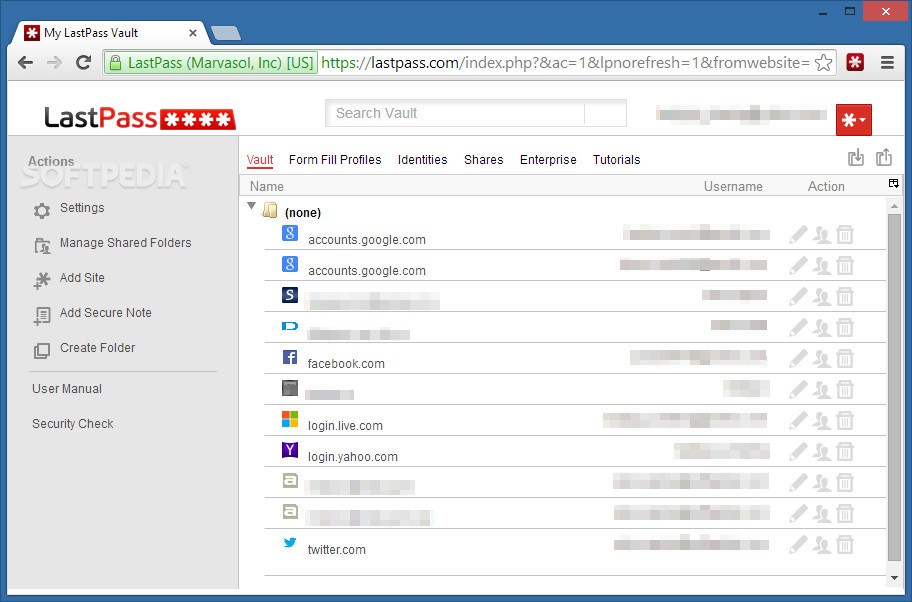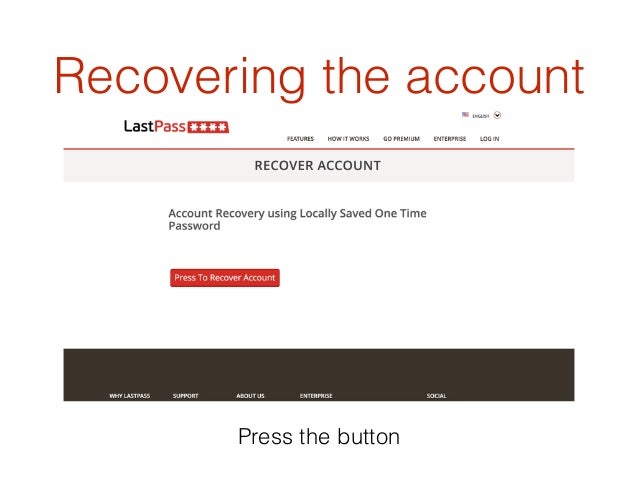

Don’t feel compelled to change hundreds of old passwords just because LastPass says they’re old. But feel free to skip over this section unless there’s a particularly important account you really want to protect, like your bank. If you have some time, it might be worth changing website passwords-especially if they have older passwords that weren’t automatically generated by LastPass or if they’re passwords to critical accounts like your online banking. This is the least important thing in the challenge.

Reused Passwords: Reusing passwords is extremely risky, as a leak at one website can leave your other websites open.

LastPass can automatically generate and remember strong passwords for you, and you should take advantage of that. For example, if you sign into a website with “password” or “letmein,” LastPass will display those as weak passwords and recommend you change them in this section. Weak Passwords: Weak passwords are easy-to-guess passwords.As LastPass puts it, “these passwords are at risk because of known data breaches elsewhere on the web.” LastPass tracks when websites experience breaches and, if you haven’t changed your passwords since a website experienced a problem, it recommends you change the password for that website in that specific section. Compromised Passwords: You should definitely change these.Don’t worry about the old passwords, though-they’re the least important thing LastPass warns about. There are four types of passwords: Compromised, weak, reused, and old. Under “Improve Your Score,” the LastPass Security Challenge will recommend which passwords you should change. Compromised, Weak, Reused, and Old Passwords


 0 kommentar(er)
0 kommentar(er)
